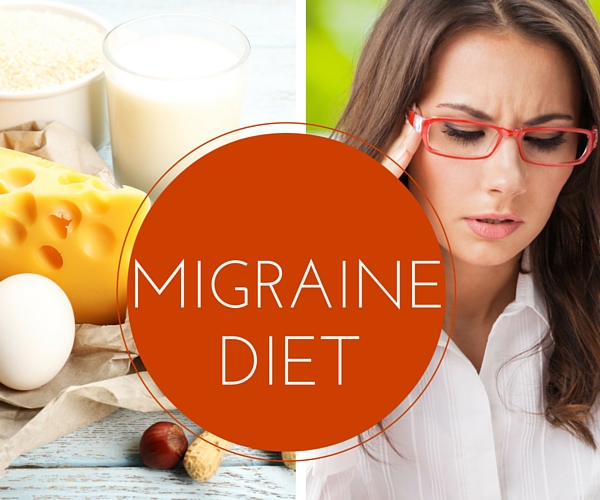Part One
As you probably have guessed by now, I am a great believer in how our diet plays a large role in our response and prevention of migraines. Research has actually shown surprising links between migraine and foods. Certain foods can cause migraines, while others can prevent or treat them. For example, coffee can sometimes knock out a migraine, and foods rich in magnesium, calcium, complex carbohydrates and fiber have been used to actually cure migraines. As I have mentioned before, ginger is a great example of a spice that can help prevent and treat migraines — and with none of the side-effects of drugs. Feverfew, for example, has also effectively prevented migraines in some people, while other supplements, such as butterbur and riboflavin have helped other people.
As a migraine sufferer, you are well aware that a migraine is not just a bad headache. Its characteristics generally involve one-sided headaches, throbbing pain (as opposed to a dull, constant ache), and they are often accompanied by nausea, vomiting and sensitivity to light and sounds.
Finding your migraine triggers is essential for helping you avoid the foods that trigger migraines. This can be done by keeping a diary and tracking back to what you have eaten and if that consistently occurs, chances are that is one of your triggers. Then, of course, it is prudent to eliminate that food from your diet.
Research has shown that anywhere between 20 and 50 percent of adults experience a reduction or elimination of their headaches when common trigger foods are avoided, so it is definitely in your best interest to avoid your trigger foods.
Over the next couple of weeks, I am going to give you a list of “pain safe foods” to help you, as well as a list of common migraine triggering foods. We will look into ways to conduct a test to rule out some of your food triggers and find out what is a safe food for you.
Looking forward to delving into this with you.

